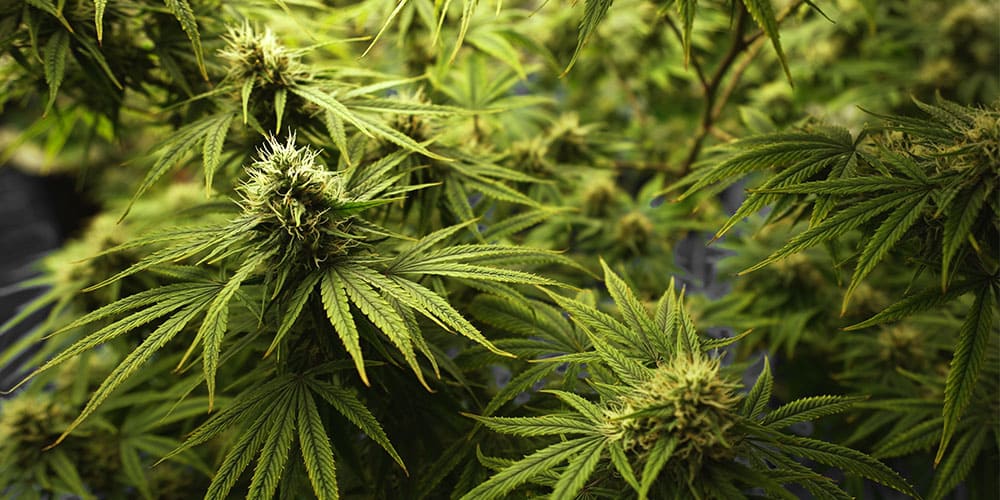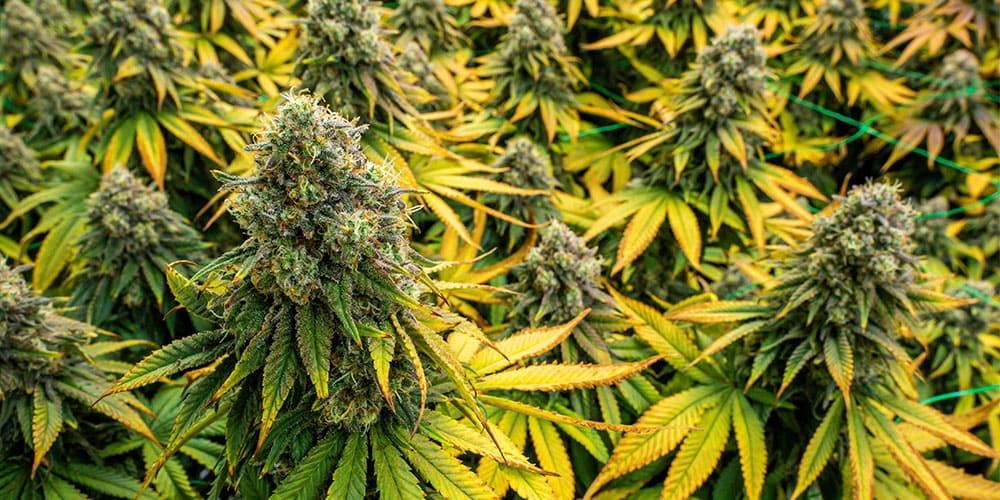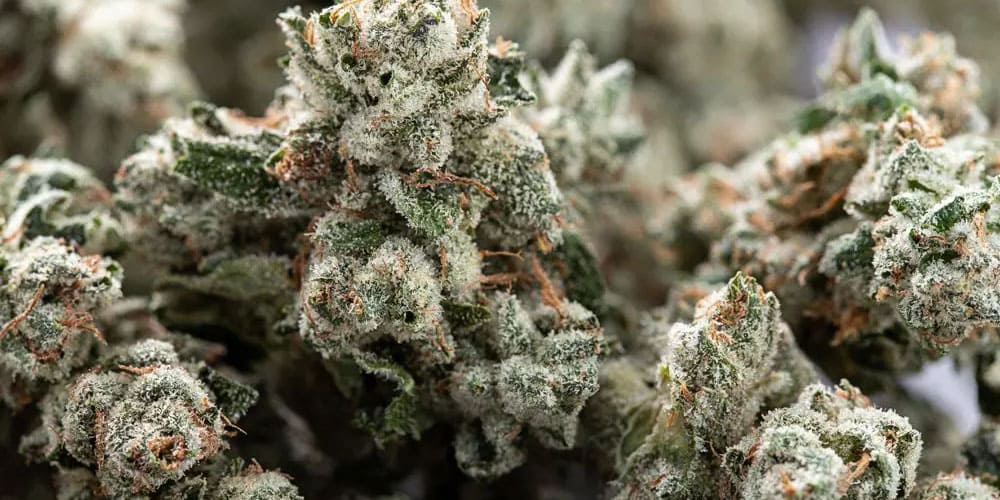How Are New Weed Strains Created? A Process Explained

In the dynamic realm of cannabis cultivation, the development of new weed strains stands as a testament to the blend of botanical artistry and scientific innovation. This detailed guide examines How Are New Weed Strains Created, merging time-honored breeding methods with advanced genetic research.
We delve into the careful selection of progenitor plants, navigate the intricate interplay of genetics, and detail the steps leading to the stabilization of new cannabis varieties, unveiling the process that gives birth to the next beloved weed strain.
- Overview of Cannabis Extraction Techniques in 2023
- Why Does Weed Smell So Bad?
- CO2 Levels and Cannabis Growth
The Genesis of New Strains: Selecting Parent Plants

The initial step in creating new weed strains involves the meticulous selection of parent plants. Breeders scrutinize potential candidates, seeking those with superior characteristics such as robust growth, resilience to environmental stresses, and distinct cannabinoid profiles. This careful selection ensures the genetic foundation is laid with the best traits possible, optimizing the potential for high-quality offspring.
In this selection process, the genetic history and health of the plants are paramount. Breeders often look for plants with a stable genetic line or unique mutations that can bring about the desired traits in the new strain. The choice of parent plants is not just about their individual qualities but also about how their genetics might combine to produce novel and desirable traits in their progeny.
The strategic combination of these parent plants is what sets the stage for the next steps in strain development. By harnessing the diversity of cannabis genetics, breeders can explore new possibilities in flavor, potency, and medicinal efficacy. This phase is the cornerstone of the breeding process, where potential is harnessed and future cannabis stars are born.
Embark on a refreshing journey with APE Freeze 20 Original Mini Joints, a bundle that captures the essence of an invigorating indica-dominant hybrid. Each mini joint, meticulously rolled to 0.5 grams, is a testament to the strain’s ability to energize and uplift.
Pollination and Genetic Mixing

Pollination is the pivotal moment where new life begins in the cannabis breeding cycle. Male plants release pollen that fertilizes the female flowers, initiating the creation of seeds. This natural process is harnessed by breeders to combine the genetic traits of selected parent plants, producing a diverse range of offspring.
The genetic mixing that occurs during pollination is a complex dance of chromosomes. Each seed inherits a unique set of genes, leading to a wide variety of potential outcomes. This genetic diversity is the breeder’s canvas, offering a spectrum of possibilities in the phenotypes that will emerge, each with its unique traits and characteristics.
Controlled pollination allows breeders to steer the genetic direction of their strains. By selecting which plants to cross, breeders can influence the dominance of certain traits, such as yield, potency, or resistance to pests. This deliberate shaping of cannabis genetics is the essence of creating new and improved weed strains.
Phenotype Hunting: The Search for Ideal Traits

Phenotype hunting is the rigorous process of selecting the best plants from a sea of genetically diverse offspring. Breeders grow the seeds from their carefully chosen crosses, closely observing each plant’s development. They look for individuals that exhibit the most desirable characteristics, such as specific terpene profiles, cannabinoid content, or growth habits.
This stage is both exciting and crucial, as it involves identifying the standout plants that possess the optimal combination of traits. Breeders must have a keen eye for detail and a deep understanding of cannabis genetics to select the phenotypes that will define the future of the strain. It’s a meticulous process of selection, where only the best are chosen to move forward in the breeding program.
The selected phenotypes are then tested for consistency and stability in their traits, ensuring that they meet the high standards required for further breeding. This process not only identifies the best of the current generation but also sets the stage for advancing the strain’s development in future breeding cycles.
Indulge in the lush essence of Blackberry 10 Cannabis-Infused Gummies, a collection designed to tantalize your taste buds and soothe your senses. Each gummy is a fusion of rich, succulent blackberry flavors, meticulously crafted to offer a sensory experience that satisfies cravings.
Stabilization and Refinement

After identifying the ideal phenotypes, breeders embark on the complex task of stabilizing the desired traits. Through successive generations of breeding, they work to ensure that these characteristics are consistently expressed in the plants. This often involves backcrossing the selected plants with their parents or other genetically similar individuals to reinforce the traits.
Stabilization is a time-consuming and detail-oriented phase, requiring patience and precision. Each generation is carefully evaluated, and the process is repeated until the desired traits are firmly established in the strain’s genetic makeup. This ensures that the new weed strain will reliably exhibit the same characteristics, such as flavor, potency, and growth patterns, in every plant.
The refinement of the strain continues until breeders are satisfied that it meets their standards for quality and consistency. Only then is the new strain considered stable enough to be released to growers and consumers. This dedication to quality and consistency is what separates top-tier cannabis genetics from the rest.
Laboratory Testing and Genetic Analysis

Laboratory testing and genetic analysis have revolutionized the way breeders develop new cannabis strains. Through scientific testing, breeders can obtain detailed insights into the genetic composition of their plants, including the specific cannabinoid and terpene profiles. This information is crucial for making informed breeding decisions and for refining the desired traits in the new strains.
Genetic analysis provides a roadmap of the plant’s DNA, allowing breeders to predict how traits will be inherited and expressed in future generations. This predictive power can significantly accelerate the breeding process, enabling more precise and efficient development of new strains. It’s a tool that bridges traditional breeding techniques with modern science.
Furthermore, lab testing ensures the safety and efficacy of the new strains. By analyzing the chemical composition of the plants, breeders can guarantee that their strains meet legal and quality standards, providing consumers with reliable and consistent products.
Savor the exquisite pairing of Cotton Candy & White Truffle Hash Hole Pre-Roll, a luxurious 2.5g hybrid that merges the euphoric bliss of Cotton Candy with the deep calm of White Truffle.
The Role of Growers and Consumers in Evolution

Growers play an indispensable role in the evolution of cannabis strains. Their expertise in cultivating the plants brings out the best in the genetics provided by breeders. Sometimes, unique phenotypes are discovered by growers, leading to the development of entirely new strains. Their feedback is vital for breeders to understand how the strains perform in different environments and cultivation conditions.
Consumers also influence the trajectory of strain development. Their preferences and feedback drive the market, prompting breeders to focus on certain traits, such as specific effects, flavors, or medicinal benefits. This dynamic interaction between breeders, growers, and consumers ensures that the development of cannabis strains is a responsive and evolving process, reflecting the needs and desires of the market.
The input from growers and consumers shapes the future of cannabis breeding, highlighting the importance of their roles in the continuous improvement and innovation of new strains. Their experiences and demands push the boundaries of what is possible in cannabis cultivation, leading to an ever-expanding diversity of strains.
The Future of Cannabis Strain Development

The future of cannabis strain development is poised at the edge of remarkable technological advancements. With tools like CRISPR gene-editing and advanced genomic sequencing, breeders will have unprecedented control over plant genetics, enabling them to tailor strains with specific characteristics and medicinal properties.
As legal barriers continue to fall and the global cannabis market expands, breeders will face new challenges and opportunities. The increasing demand for diverse and high-quality cannabis products will drive innovation in strain development, pushing the boundaries of what is currently known and cultivated.
The ongoing evolution of cannabis cultivation will likely be characterized by a fusion of traditional breeding methods and modern biotechnological techniques. This synergy promises to unlock new possibilities in cannabis genetics, leading to a future where the potential of cannabis can be fully realized, catering to an ever-growing array of consumer needs and preferences.

















